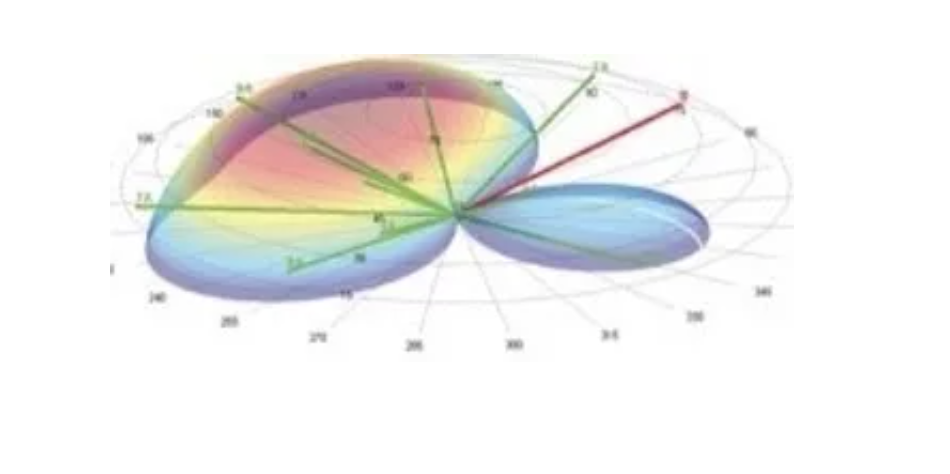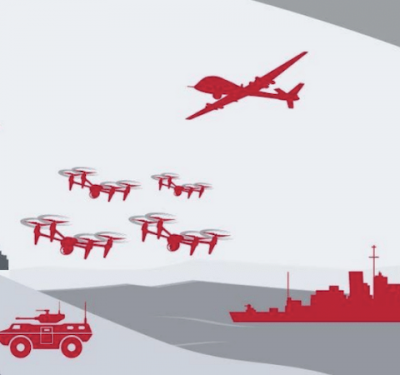InfiniDome Ltd., a GPS security company, demonstrated increased GNSS resiliency to hostile jamming by 400% in unmanned aircraft systems (UAS) flight trials sponsored by the Israeli government, according to the company. The drone’s GPS receiver overcame GPS jamming scenarios using infiniDome’s GPSdome protection, which locked on and maintained the GNSS signals throughout the jamming tests.
GPSdome is intended for anti-jamming protection of UAS airframes where extended range, critical missions and resilient navigation are required in tactical environments. infiniDome’s GPSdome anti-jamming solution is a small, add-on module that protects any GNSS/GPS receiver, the company stated. Using two off-the-shelf antennas and interfacing to the GNSS receiver at the RF level, its patented system differentiates the drone primarily for beyond visual line-of-sight (BVLOS) and mission-critical operations such as surveillance, autonomous deliveries and border patrol.

Phased array antenna diagram, courtesy Infinidome.
The company’s patented phased-array technology protects GPS (GNSS) receivers from jamming and other forms of interference. A proprietary enhanced filtering algorithm combines patterns from two omni-directional antennas in real-time to create a new pattern which attenuates the strong jamming signal, precisely targeting a null in the direction of the attacking signals.
Supporting real-time interference detection and mitigation, GPSdome maintains the receiver’s GPS signal throughout jamming attacks or in the presence of unintentional RF interference. Attenuating the RF interference signal in real time allows for continuity of normal operation by maintaining availability of the drone’ s autonomous and semi-autonomous modes which are GNSS-dependent.
The test flight was part of the NA’AMA Israel urban air mobility initiative, a project to push the boundaries of BVLOS operation and accelerate the adoption of UAS in urban environments. This project was made possible by the Israeli Ministry of Transportation, Israel Innovation Authority and Civil Aviation Authority (CAAI).






